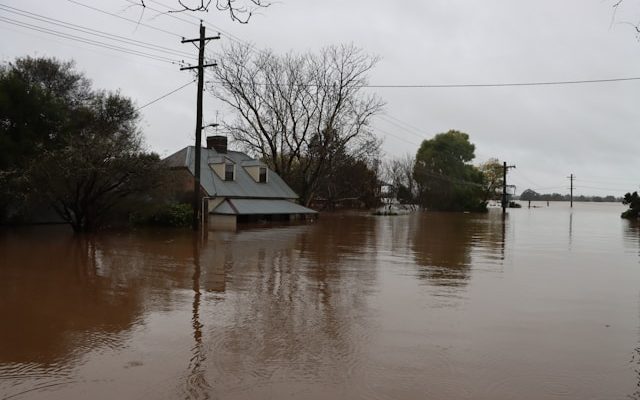Experiencing a house flood can be a devastating ordeal, and one of the biggest concerns afterward is preventing mold buildup.
Mold can start growing within 24-48 hours after a flood, posing serious health risks and causing extensive damage to property.
However, with prompt action and proper precautions, homeowners can minimize the risk of mold growth and protect their homes and health.
This guide will explore effective strategies to prevent mold buildup after a house flood, ensuring a safe and healthy environment for residents.
Immediate Water Removal
The first step in preventing mold after a house flood is to remove standing water as quickly as possible. Use pumps, wet-dry vacuums, or professional water extraction services to eliminate excess water from the affected areas.
Thoroughly dry out carpets, furniture, and other porous materials to prevent moisture retention and inhibit mold growth.
Open windows and doors, use fans and dehumidifiers to promote air circulation and expedite the drying process. The sooner water is removed, the lower the likelihood of mold taking hold.
Thorough Cleaning and Disinfection
After water removal, it’s essential to thoroughly clean and disinfect all surfaces and belongings that came into contact with floodwater.
Use a mixture of detergent and water to clean hard surfaces such as floors, walls, and countertops. For disinfection, use a solution of bleach and water, following the recommended dilution ratios.
Pay special attention to areas prone to mold growth, such as basements, crawl spaces, and bathrooms. Proper cleaning and disinfection help eliminate mold spores and prevent their proliferation.
Inspecting and Repairing Water Damage
Inspecting and repairing water damage is a crucial step in preventing mold buildup after a house flood. Hiring professional water restoration services ensures that all affected areas are thoroughly assessed and repaired to prevent further damage.
These experts utilize specialized equipment and techniques to extract water, dry out affected surfaces, and restore the property to its pre-flood condition.
By addressing water damage promptly and comprehensively, homeowners can mitigate the risk of mold growth and safeguard the health and structural integrity of their homes.
Additionally, enlisting the expertise of water repair professionals provides peace of mind, knowing that the restoration process is being handled efficiently and effectively.
With timely inspection and repair of water damage, homeowners can minimize the long-term impact of a house flood and ensure a safe and healthy living environment for themselves and their families.
Proper Ventilation and Air Circulation
Proper ventilation is crucial for preventing mold growth and maintaining indoor air quality after a house flood. Open windows and doors to promote cross-ventilation and allow moisture to escape.
Use exhaust fans in bathrooms, kitchens, and laundry rooms to remove excess humidity and prevent condensation. Consider installing a whole-house ventilation system or air purifier to improve air circulation and filtration further.
Adequate ventilation helps keep indoor humidity levels in check and creates an inhospitable environment for mold growth.
Monitoring Humidity Levels
Keeping an eye on the humidity levels is very necessary in order to avoid the formation of mold, particularly in regions that are prone to high humidity or moisture retention.
Invest in a hygrometer so that you can monitor the humidity levels inside on a regular basis and make sure they stay below sixty percent. Considering the use of a dehumidifier to remove extra moisture from the air is something to think about if the humidity levels are constantly high.
In order to prevent mold from growing within the dehumidifier, it should be emptied and cleaned on a regular basis. Homeowners can establish an atmosphere that is unfriendly to mold and beneficial to a healthy living space by ensuring that the humidity levels are maintained at the correct levels.
Conclusion
Preventing mold buildup after a house flood requires prompt action, thorough cleaning, and proactive measures to control moisture levels. Immediate water removal, thorough cleaning, and disinfection are crucial steps to eliminate mold spores and inhibit their growth.
Inspecting and repairing water damage, ensuring proper ventilation, and monitoring humidity levels help create an environment that is unfavorable for mold proliferation. By following these strategies diligently, homeowners can protect their property and safeguard their health against the threat of mold after a house flood.
Read More: How to Begin Taking Care of Yourself in 2024














Comments